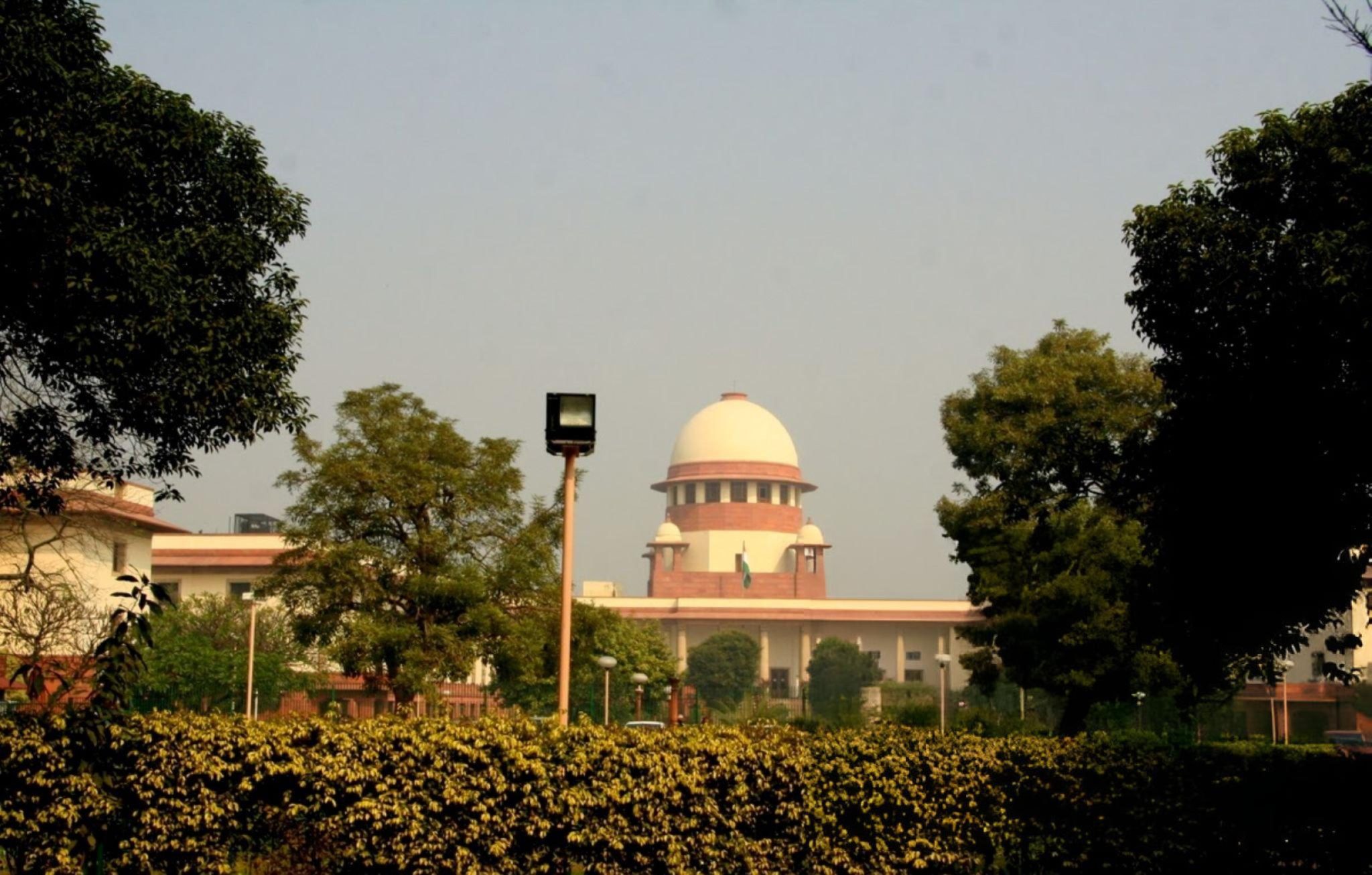In a groundbreaking decision, Chief Justice of India (CJI) DY Chandrachud has lifted the requirement for journalists to hold a law degree to receive accreditation to cover the Supreme Court of India. This progressive step allows reporters from diverse backgrounds to gain direct access to India’s highest court, enriching the perspectives and voices reporting on judicial matters. By removing this barrier, the Supreme Court aims to democratize legal journalism and promote inclusivity within the media.
“What we are doing is two things — just yesterday, I signed a file for expanding the footprint of the accredited correspondents for the Supreme Court. I did not know for what reason there was a condition that you must have necessarily passed a law degree — that we have relaxed,” CJI Chandrachud shared, as reported by Bar and Bench.
In another beneficial move for journalists, the Supreme Court has granted accredited reporters permission to use parking facilities on its premises. This logistical support aims to ease challenges journalists face while covering the court’s proceedings, particularly during high-profile cases that draw large media gatherings.
Reforms under CJI Chandrachud: A More Accessible Judiciary
Since assuming office on November 9, 2022, CJI Chandrachud has championed various reforms aimed at making the Supreme Court more efficient, transparent, and accessible. His tenure has been marked by transformative steps that have modernized the judiciary, enhanced inclusivity, and facilitated streamlined legal processes.
1. Supreme Court at Full Bench Strength
Under CJI Chandrachud’s leadership, the Supreme Court has regularly maintained a full bench strength of 34 judges, a standard often challenging to uphold due to retirements and the long process of judicial appointments. Recently, three new judges were appointed, ensuring that the court remains at optimal strength to handle its caseload effectively.
2. Hybrid Hearing System
In response to the challenges posed by the COVID-19 pandemic, CJI Chandrachud introduced a hybrid hearing system, allowing cases to be heard both in-person and virtually. This flexible approach has not only sped up case resolution but has also made the court more accessible to litigants and lawyers from across the country, particularly those from remote areas.
3. Improved Case Listings
Under a revamped case listing system, each Supreme Court bench is now mandated to hear at least 10 transfer petitions and 10 bail applications daily. This structured approach has expedited the disposal of high-priority cases, providing litigants with timely relief.
4. Designated Case-Specific Days
To further streamline proceedings, specific types of cases are scheduled on distinct days each week. For instance, Mondays and Fridays are reserved for public interest litigations (PILs) and other high-priority matters, while other days are dedicated to criminal appeals, arbitration cases, and specific civil matters. This allocation enhances focus and efficiency, allowing judges to concentrate on similar types of cases on designated days.
5. Digital Transformation and E-Filing
CJI Chandrachud has also emphasized a shift towards digital processes. E-filing was introduced in May 2023, leading to the online filing of 9,913 new cases. This move has reduced paperwork, streamlined administrative processes, and paved the way for a more organized and transparent case management system.
6. High-Volume Petition Processing
The Supreme Court now processes approximately 5,500 letter petitions and 10,000 email petitions monthly, all handled digitally to minimize delays. This efficiency has enhanced public access to the judiciary and expedited responses to pressing concerns.
7. Transparency Through the National Judicial Data Grid (NJDG)
A significant push for transparency has been achieved with the National Judicial Data Grid (NJDG), a portal that allows the public to access case data and monitor the status of cases across courts. The NJDG portal has strengthened public trust and improved accountability within the judiciary by enabling public insight into case progress and court efficiency.
8. Gender Equality and Inclusivity Initiatives
Recognizing the need for inclusivity, the Supreme Court recently launched a Handbook on Combating Gender Stereotypes to promote gender-neutral language in legal narratives. Furthermore, the installation of universal restrooms for LGBTQIA+ individuals on the court premises underscores the judiciary’s commitment to inclusivity.
Vision for an Inclusive Judiciary
This recent decision to relax accreditation requirements highlights CJI Chandrachud’s commitment to broadening access and representation within the Supreme Court. Removing the law degree prerequisite for journalists supports his vision of a transparent judiciary and opens doors for a wider range of perspectives in legal journalism.
As his tenure approaches its end on November 8, 2024, CJI Chandrachud’s impactful reforms are set to leave a lasting legacy on the Indian judiciary, promoting a more equitable and accessible judicial system. His strides in transparency, inclusivity, and efficiency have reshaped the Supreme Court into a more responsive and public-oriented institution.







